The particular plan that we often recommend is called a SEP IRA: Simplified Employee Pension Plan. This plan has so many amazing benefits for small business owners and those that are self-employed, and many of these individuals do not realize the power of this plan.
What are the Requirements for a SEP IRA?
The basic requirements are quite simple:
- Set up the plan for the year you want to make contributions before your business’ tax filing deadline…including extensions.
- The Employer establishes the Plan, but each employee will also need to set up a SEP IRA account that they will control, and to receive employer contributions. If you are self-employed, your business will establish the plan, and you will own your SEP IRA account.
- You can wait to make your contributions for the year until you have prepared your tax return, and calculated the amount of contributions you want to make. You can make contributions annually, quarterly, monthly…whatever works best for you.
- You must make the same % of contribution to each employee, based on their wages: for example, each employee will receive a SEP contribution of 10% of their wages earned.
What are the Tax Benefits of a SEP IRA?
- All contributions to a SEP IRA are made by the business. Therefore:
- All of the contributions are tax deductible to the business.
- The employer does not have to pay either self-employment or employee taxes on the contributions.
- The contributions are not counted as income to the employee.
- Because the business is making the contribution to the SEP, individuals may also make their own individual contributions to an IRA or Roth IRA if they qualify.
How Much Can I Contribute to a SEP IRA?
This is where the self-employed/small business owner can experience a tremendous positive impact: The max contribution is generally 25% of income, up to a maximum of $56,000 per year! For self-employed individuals, your compensation has a couple of other factors to take into account when calculating the maximum contribution. Your tax advisor or CPA will help you with those calculations.
For business owners, you can determine year to year how much you want to contribute to these SEP’s, or may even elect to not make contributions in any given year, dependent upon your cash flow, profits, etc. Just remember that you must make contributions of the same % of income earned to all your employees.
When Can I Access the Funds in my SEP IRA?
SEP IRA Accounts are automatically vested, and the employee has full ownership of their SEP account, and can determine how or if they want to invest the funds in it, dependent upon the custodian of the account.
SEP’s follow the same rules as IRA’s and other employer retirement plans, in that withdrawals before age 59 ½ are generally subject to a 10% penalty, in addition to taxes due on the amount of the withdrawal.
After age 59 ½, you will include any SEP withdrawals in your income, and pay taxes on it at your personal income tax rate.
At age 70 ½, you will be required to begin taking Required Minimum Withdrawals from the account. However, even if you have to take your RMD’s, you may still receive contributions to the SEP from your employer, if you are still working.
Conclusion:
Many people are unaware of all of the amazing benefits and flexibility that a SEP IRA provides for their business, but it can be a very effective tool for those who can take advantage of it, and well worth exploring.



